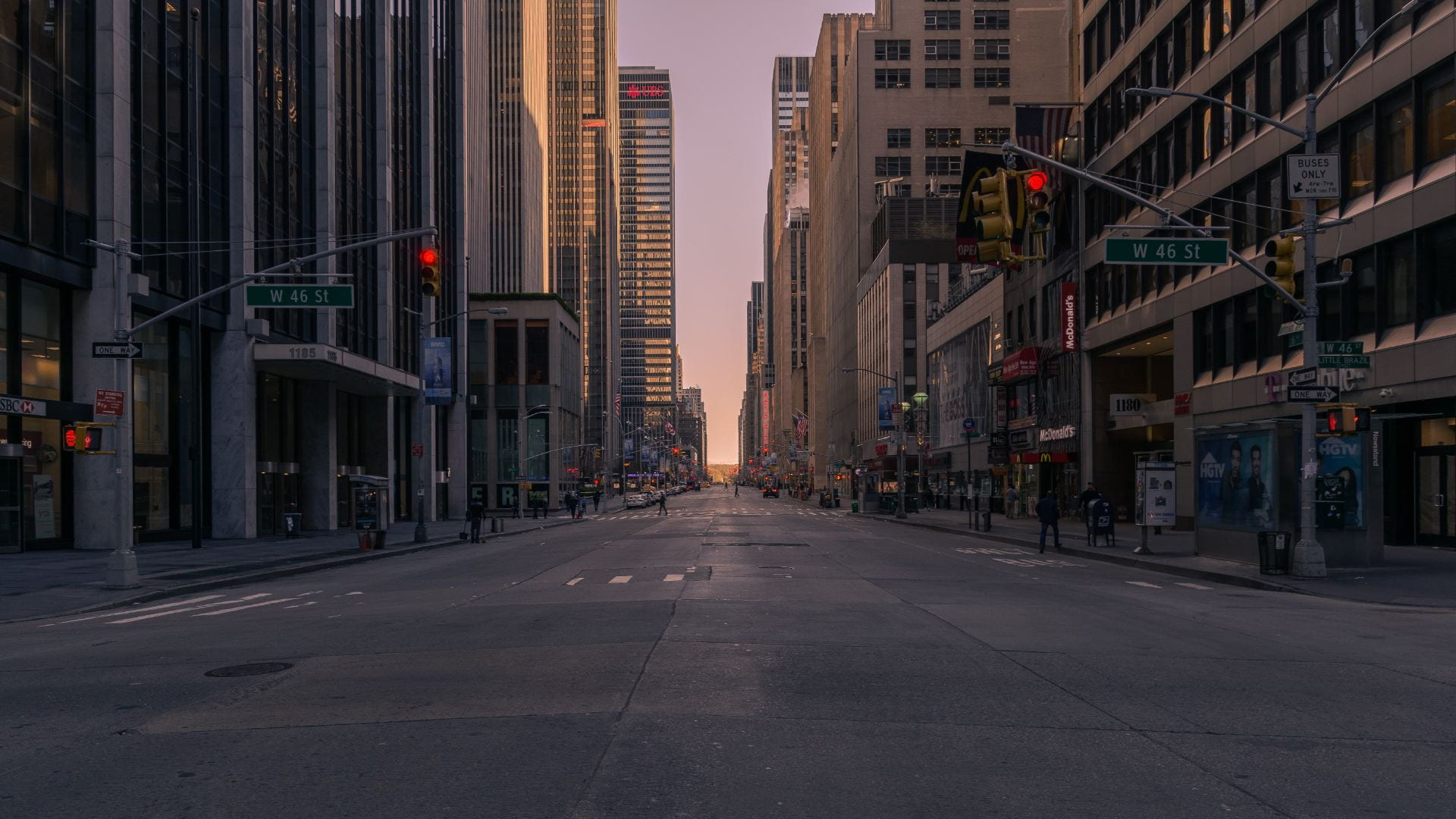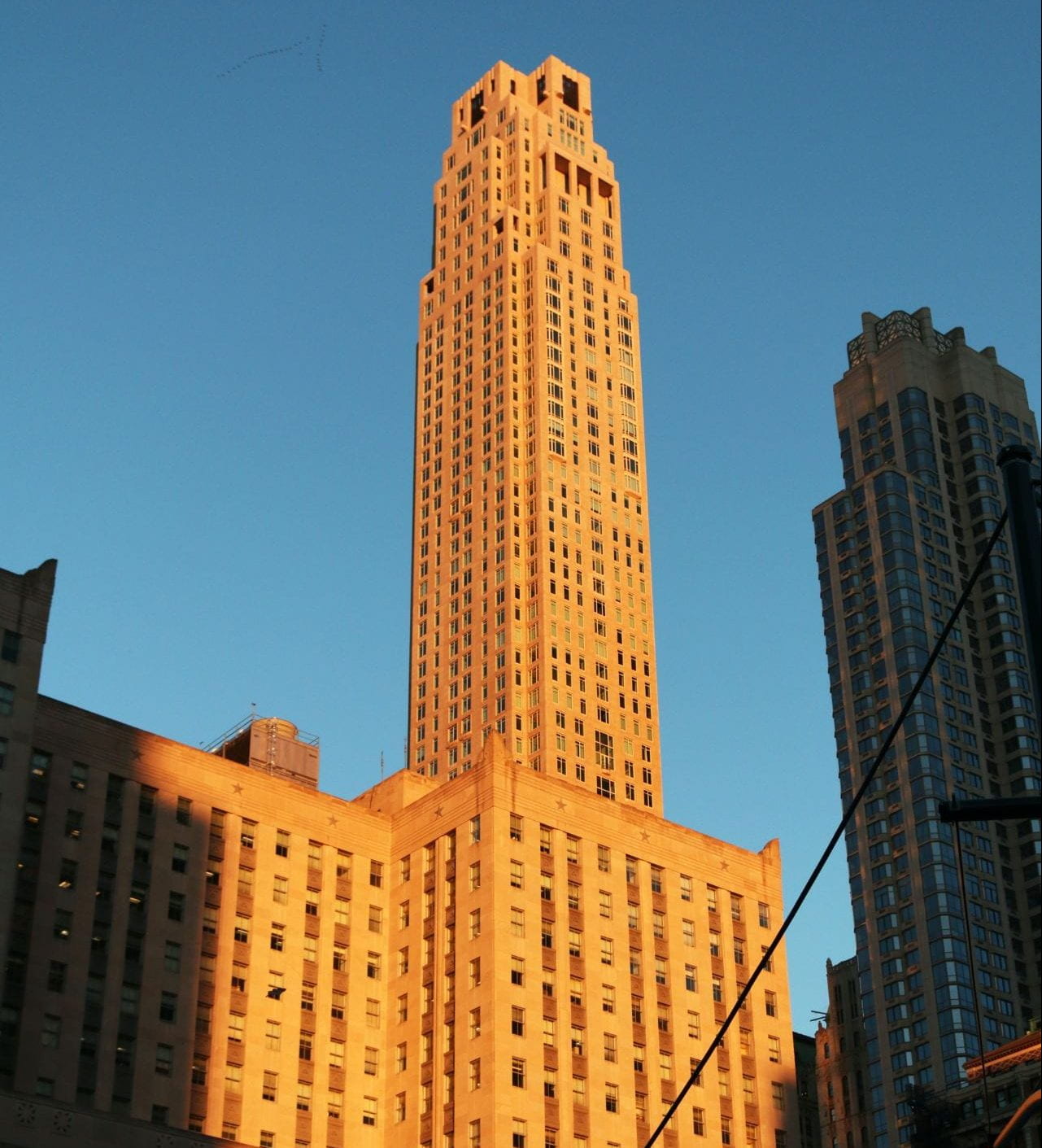The hotel industry in New York City has seen its fair share of macroeconomic shocks over the past few decades. From the 1975 fiscal crisis, to the stock market crash of 1987, the terrorist attacks of September 11th, and of course the great recession in 2008 – the hotel industry in the financial capital of the world has always bounced back. However, the effect of each of these pales in comparison to the shock the industry is currently experiencing with the COVID-19 pandemic. In each of these past downturns, the hotel industry recovered after about 18 months, and occupancy never fell below 70%. When Governor Andrew Cuomo issued an executive order closing non-essential businesses in mid-March, occupancy and revenue at hotels across the city dropped 80-85% immediately – sending a shock wave through the industry with unprecedented magnitude. The consensus among industry experts is that revenue and occupancy will not return to pre-pandemic levels until 2024-2025. “These things are not swift and there will be attrition,” warned Vijay Dandapani (SHA ’87), President & CEO of the Hotel Association of New York City (HANYC).

Having worked exclusively in the city’s hospitality industry for over 30 years, Mr. Dandapani shared his insights on the current state of the industry and the headwinds facing the world’s largest hotel market (by pre-COVID room count) with students in Cornell’s Baker Program in Real Estate as part of the weekly Distinguished Speaker Series. Mr. Dandapani served as President of Apple Core Hotels, a New York City based hotel developer and operator, and had been involved in HANYC for many years before assuming his current role.
The oldest hotel association in the country, founded in 1878, HANYC represents more than 700 hotels – about 200 of which have been closed since the middle of March. Lobbying is a huge focus for the Association. When hotels across the city were deemed non-essential businesses, HANYC strongly lobbied against the order and prevailed. Approximately 200 hotels were then able to open and welcome in the city’s homeless, allowing them to spread out beyond congested shelters. With medical professionals flooding into the city to assist with the outbreak of COVID-19, it was also imperative that hotels reopen to provide these essential workers with places to stay.

Mr. Dandapani stressed the importance of skilled operators in creating and maintaining value at individual properties – pointing out that a good operator can have up to a 25% impact on a hotel’s bottom line. “Hotels are not real estate. They sit on real estate,” he quipped, reinforcing that valuations are highly influenced by who is operating the hotel.
Before the onset of the current global pandemic, one of the most critical issues facing the hotel industry – not just in NYC, but across the world – was the disruption brought on by Airbnb and similar platforms such as HomeAway, One Fine Stay, and Vrbo. In 2019 there were 85,000 short-term rental listings in the city combined, compared to approximately 100,000 hotel rooms, underscoring how quickly this part of the industry has ramped up. A large part of that growth, said Mr. Dandapani, has been due to the opportunity for regulatory arbitrage that these platforms provide. One example is the stringent and costly fire and life safety standards to which all hotels must adhere, and which short-term rental hosts have mostly been able to avoid. In a rare collaboration, HANYC and the Hotel Trades Council have teamed up to lobby against the short-term rental industry’s proliferation in the city.
Although they have not yet been successful in establishing a citywide registry of listings, as seen in other cities, they have made significant progress in other areas, such as restricting the number of nights owners can rent out their dwellings to 30 total nights, and cracking down on so-called “ghost buildings,” where an entire building is comprised of short-term rentals.
When it comes to the current lending environment for hotels, Mr. Dandapani is seeing great desire from lenders to extend terms on existing mortgages to keep them classified as performing loans. Thus far, only two New York City hotels have filed for bankruptcy, but the prevailing thought is that the bell will toll for many others, towards the end of the year, once the CARES Act and other government subsidies dry up. With hotels contributing about $3B per year in taxes to the city, the implications for the commercial tax base of the city could be quite dismal, however Mr. Dandapani, like many New Yorkers, is quick to point out that New York City has always bounced back. Only time will tell how long it takes this time around.


